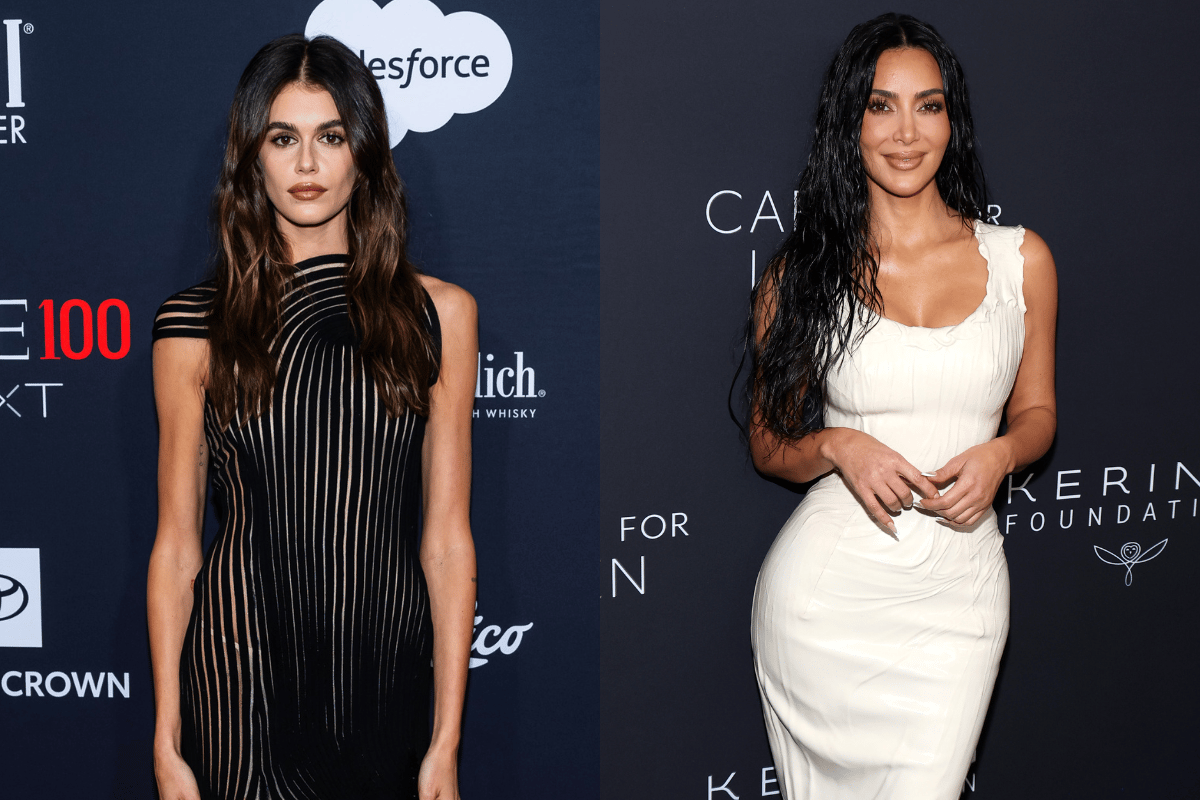
Something we all know: the standard of beauty for women has always been unrealistic.
It's nothing new. Just look back at the waif-like body image ideals of the '90s and mid-2000s — being impossibly thin was the celebrity criteria for success. From 'heroin chic' to weekly mags and tabloids slapped with fat-shaming and "how to be a size zero" covers, the ultra-thin standard was everywhere.
In recent times, we saw curvier bodies and bigger buttocks dominate thanks to celebrities like the Kardashians, with a rise in procedures like Brazilian Butt Lifts (BBLs) and exaggerated, sculpted bodies.
But after years of body positivity movements, the so-called 'ideal' body continues to shift shape. And if recent research proves anything, diet culture and the pressure on improving your body image is just as prevalent as ever.
Which brings us to where we are now, in 2024.
Watch: How to improve your daughter's body image. Post continues below.
Off the back of the Ozempic movement, research is showing that women now feel the increasing pressure to meet a new standard of beauty — and the gap to meet the 'ideal' female body image seems even further.




























































































